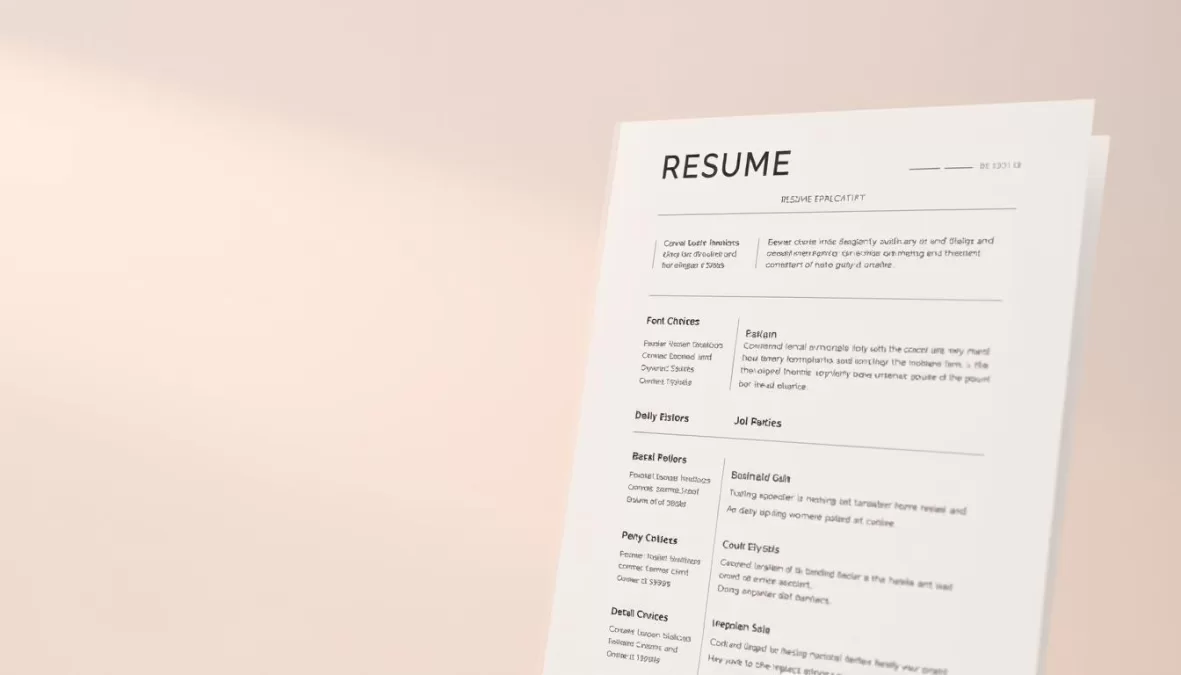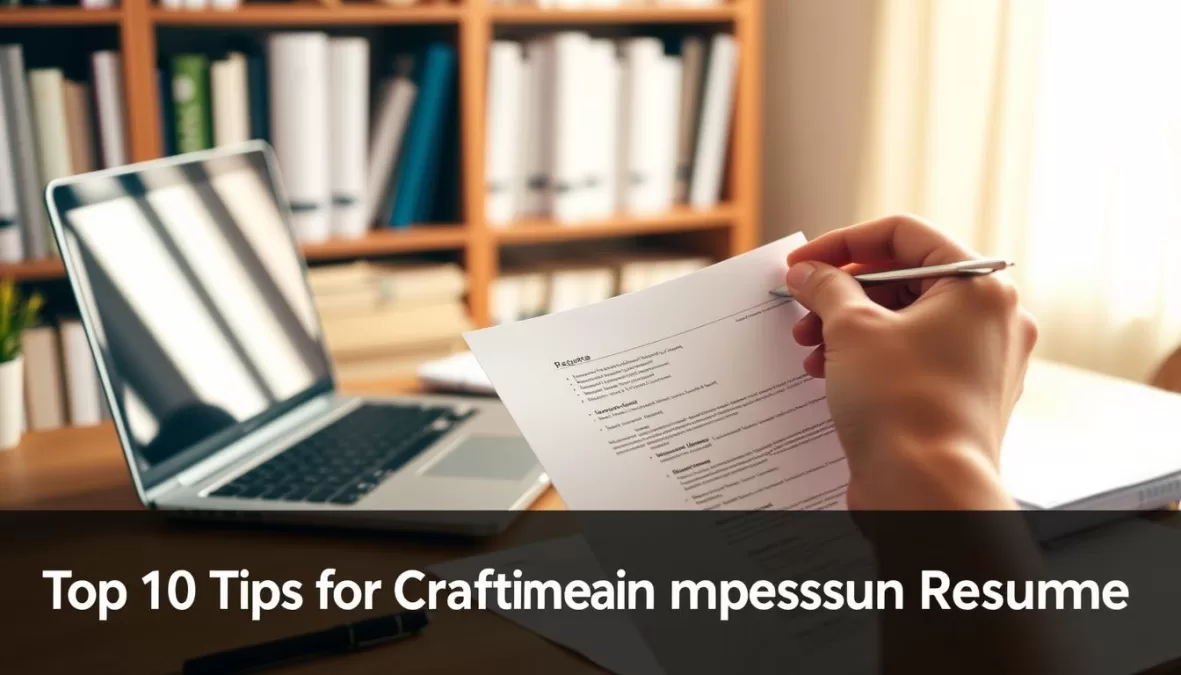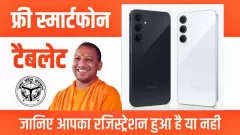Your professional summary is more than just a list of past roles—it’s your chance to stand out in a competitive job market. Modern hiring managers scan hundreds of applications, so tailoring your content to match specific job requirements is essential.
Think of your document as a marketing tool, not a comprehensive career history. Focus on relevant skills and quantifiable achievements that align with the position. This approach helps Applicant Tracking Systems (ATS) recognize your potential.
Indian job seekers often face unique challenges, like balancing extensive experience with concise formatting. A well-structured 1-2 page summary, free of outdated details, makes a stronger impact. Trends like omitting objective statements and adding portfolio links keep your application current.
Key Takeaways
- Tailor your content to match specific job descriptions for better results.
- Use numbers to highlight achievements, like “boosted sales by 20%.”
- Keep it concise—1-2 pages maximum, unless experience demands more.
- Optimize for ATS with clear headings and professional fonts.
- Include a LinkedIn or portfolio link for additional context.
Why Resume Writing Tips Matter for Your Job Search
In today’s competitive job market, your application is your first handshake with potential employers. Hiring managers spend just 6-7 seconds scanning each document—making every word count.
A polished resume speaks volumes. Studies show tailored applications increase interview chances by 30% and salary potential by 7-32%. Generic templates often end up in the rejection pile.
Modern recruitment relies on ATS algorithms. These systems scan for keywords matching job descriptions. If your work experience isn’t optimized, even top qualifications might go unnoticed.
Indian professionals face unique challenges. Balancing extensive backgrounds with concise formatting is key. A two-page limit forces you to prioritize achievements that align with the role.
“Applicants who customize their resumes see 40% higher callback rates.”
Your career growth hinges on clarity. Quantifiable results—like “cut costs by 15%”—grab attention faster than vague duties. Employers want proof of impact, not just responsibilities.
Start with a Strong Resume Structure
Structure determines success—your layout shapes how employers perceive your qualifications. A cluttered or illogical flow can bury key achievements, while a clean design guides recruiters to your strengths.
Choose the Right Format
The reverse-chronological format works best for 80% of candidates. It lists your work history from newest to oldest, emphasizing career growth. Functional formats, which group skills by theme, often raise red flags about employment gaps.
For Indian professionals, this format complements certifications like AWS or PMP. Place them under education or a dedicated “Certifications” section.
Prioritize Relevant Information
Recruiters spend seconds scanning documents. Place critical details “above the fold”—your header, summary, and top skills. Example:
- Header: Professional email, LinkedIn, and city (Mumbai/Bangalore).
- Summary: 3 lines max, tailored to the job description.
- Skills: Hard skills (Python, SAP) first, then soft skills.
Trim roles older than 10–15 years unless highly relevant. Replace college internships with recent freelance or contract work. Highlight transferable skills, like leadership in regional roles (e.g., “Managed cross-state teams for Tata Projects”).
“Applicants who cut irrelevant content see 50% faster recruiter engagement.”
Essential Resume Writing Tips for Content
68% of applicants secure roles by aligning their content with job-specific keywords. Start by dissecting the job description. Highlight recurring terms like “project management” or “budget analysis,” and weave them into your document.
Replace passive phrases with action verbs. Instead of “responsible for,” try “spearheaded a 27% growth in SaaS sales”. Metrics grab attention—40% more than generic statements.
“Applicants who quantify achievements receive 50% more interview calls.”
Trim redundancy. If you’ve managed teams across India, specify outcomes: “Led pan-India teams, reducing delivery times by 15%.” Drop outdated roles unless they’re relevant.
For Indian professionals, consider multilingual versions. A Hindi or regional language addendum can resonate with local firms. Note: A CV in India often includes academic details, while a resume stays concise.
- Power verbs: “Orchestrated,” “Delivered,” “Transformed.”
- Job description keywords: Mirror phrases like “stakeholder management.”
- List achievements vertically for skimmability.
Your writing resume should feel like a highlight reel—not an autobiography. Every line must prove your value.
How to Showcase Your Work Experience Effectively
Numbers speak louder than words when showcasing your career journey. Employers want proof of impact—not just a list of duties. Focus on quantifiable results and tailor each bullet point to the job you’re targeting.

Quantify Your Achievements
Resumes with metrics get 2x more interviews. Use this formula: Action verb + Skill + Metric. For example:
- “Boosted SaaS sales by 27% in Q1 2023.”
- “Reduced server downtime by 40% through AWS optimization.”
Indian salary benchmarks? Mention percentages: “Led a team that grew revenue by ₹2.5M annually.”
Focus on Recent and Relevant Roles
Trim older positions to 4–6 bullet points. For promotions, highlight expanded responsibilities:
“Promoted to Senior Engineer in 2 years; managed 8 cross-functional projects.”
Freelance or startup experience? Treat it like a full-time role. Example: “Developed 15+ apps for clients, improving UX scores by 30%.”
Gap years? Briefly explain: “Career break for upskilling: Completed Python certification (2022).”
Highlighting Skills That Get You Noticed
89% of Indian hiring managers prioritize technical skills—so make yours impossible to ignore. A hybrid skills section increases ATS matches by 25%, giving you a competitive edge. Here’s how to structure it for maximum impact.
Hard vs. Soft Skills: The Winning Combo
Separate technical proficiencies (like Python or SEO tools) from interpersonal traits (like leadership). Employers look for both:
| Hard Skills | Soft Skills |
|---|---|
| Data Analysis (Excel, SQL) | Conflict Resolution |
| Digital Marketing (Google Ads) | Adaptability |
| AI Tools (ChatGPT, TensorFlow) | Collaboration |
Industry-Specific Skill Clusters
Tailor your list to the job. For example, digital marketers should highlight:
- SEO/SEM
- Content Creation
- ROI Analysis
“Candidates with niche skills (like UPI platforms) get 30% faster callbacks in India’s fintech sector.”
ATS Optimization Tips
Mirror keywords from the job description. Replace vague terms like “team player” with measurable outcomes:
- Instead of: “Good communicator”
- Try: “Presented quarterly reports to 50+ stakeholders.”
Language proficiency? List fluency levels: Hindi (Native), English (Professional). Keep it concise—recruiters scan quickly.
Resume Formatting Tips for Professional Appeal
A well-formatted document ensures your qualifications shine without distractions. Employers spend seconds scanning, so clarity and consistency are non-negotiable. Follow these guidelines to create a polished, ATS-friendly layout.

Keep It Simple and Readable
Stick to standard fonts like Arial, Calibri, or Times New Roman (10–12 pt). These choices pass ATS scans and look professional. For Indian recruiters, slightly larger fonts (11–12 pt) improve readability for dense content.
Margins matter—keep them between 0.5″ and 1″. White space prevents overwhelm. Example spacing ratios:
| Element | Spacing |
|---|---|
| Section Headers | 1.5x line spacing |
| Bullet Points | 1.15x line spacing |
| Contact Info | 0.5″ top margin |
“Candidates with clean layouts get 40% more recruiter engagement.”
ATS-Friendly Design Elements
Skip graphics—they confuse ATS algorithms. Instead, use bold headers like “Work Experience” or “Skills.” Avoid tables for content; stick to bullet points.
Color? Subtle accents (dark blue/gray) work for printed copies, but black-and-white is safest for digital submissions. Indian recruiters often prefer traditional formats—save creativity for portfolios.
File format debate solved: PDFs preserve formatting, but some ATS parse .docx better. Check the job description for preferences.
- Do: Use symbols like • or → for lists.
- Avoid: Icons, photos, or decorative borders.
Optimizing Your Education Section
72% of Indian employers verify educational details, making this section critical for credibility. Whether you’re a recent graduate or a seasoned professional, strategic placement ensures recruiters see your strongest assets first.
Positioning matters. Place education at the top if you’re early-career. For experienced candidates, list it after your work history. This keeps the focus on recent achievements.
Handling incomplete degrees? Use “In Progress” or list key coursework. Example: “Bachelor’s in Computer Science (60% completed), with advanced Python coursework.” For foreign degrees, add equivalency notes: “MBA (UK), equivalent to AICTE standards.”
“Candidates with clear certification details receive 30% faster verification.”
Highlight in-demand certifications like PMP or Six Sigma. Indian employers value these for roles in project management or operations. Format them like degrees:
- Certified ScrumMaster (CSM), Scrum Alliance, 2023
- Google Analytics, Coursera, 2022
Include grading systems if relevant. For example: “GPA: 3.8/4.0” or “First Class with Distinction (75%).” This adds transparency for recruiters comparing candidates.
Addressing Employment Gaps and Job Hopping
Career paths aren’t always linear—gaps and transitions can showcase resilience. 63% of hiring managers accept pandemic-related breaks, so focus on how you used the time, not just the gap itself.
Framing Career Breaks Positively
Explain gaps in your work history with clarity:
- Freelance/Consulting: “Led 5+ projects for startups, mastering agile workflows.”
- Startup Closure: “Scaled operations to 20 employees; pivoted post-funding shifts.”
- Parental Leave: “Career pause for family care (2020–2021); maintained skills via online courses.”
“Candidates who upskilled during gaps see 25% higher interview rates.”
Navigating Job-Hopping Stigma
In India’s corporate culture, frequent moves raise eyebrows. Mitigate concerns:
- Group short stints under “Contract Roles” or “Project-Based Work.”
- Highlight promotions: “Advanced from Analyst to Manager in 2 years.”
- Use years-only dates (e.g., “2019–2020”) for gaps under 12 months.
Example before/after:
- Before: “Unemployed, 2020–2021.”
- After: “Certified in Data Science (2021), freelanced for 3 clients.”
Your career story matters more than timelines. Turn gaps into proof of adaptability—not red flags.
Leveraging Additional Sections Strategically
Strategic additions to your document can elevate your candidacy beyond basic qualifications. 45% of Indian recruiters value volunteer experience, while language skills boost callback rates by 18%. Here’s how to maximize these sections.
Portfolios and Publications
Link to a professional portfolio or GitHub to showcase hands-on work. Example: *”Designed 10+ wireframes (linked in portfolio).”* For publications, highlight industry relevance:
- Published in TechReview India on AI trends (2023).
- Presented at Delhi Fintech Summit on UPI security.
Awards and Volunteer Work
Quantify achievements like awards or community impact. COVID-related service resonates:
“Coordinated meal drives for 500+ families during lockdowns.”
Use bullet points for clarity:
- Volunteer: Managed NGO fundraising, raising ₹5L annually.
- Award: “Top Performer” (2022) at Infosys.
Language and Interests
Multilingual skills enhance global roles. Format proficiency clearly:
| Language | Level |
|---|---|
| Hindi | Native |
| English | Professional |
| French | Intermediate |
Hobbies? Align them with the role. Example: *”Chess champion—strategic planning.”* Avoid polarizing affiliations unless industry-relevant.
Final Checks Before Sending Your Resume
Before hitting ‘send,’ ensure your application passes both human and digital scrutiny. 79% are rejected for typos, while ATS incompatibility buries qualified candidates. These last-minute fixes maximize your chances.
Proofread Like a Pro
Typos signal carelessness to hiring managers. Follow this checklist:
- Read aloud: Catches awkward phrasing and missing words.
- Use tools: Grammarly flags Indian English errors (e.g., “revert back”).
- Print it: Formatting issues stand out on paper.
“Candidates who proofread see 40% fewer rejections in initial screenings.”
Test ATS Compatibility
Optimize for algorithms and recruiters:
- Jobscan: Analyzes keyword alignment (boosts scores by 35%).
- Remove headers/footers: ATS may misread them.
- Save as .docx unless specified—some ATS parse PDFs poorly.
File naming matters: “FirstName_LastName_Resume.pdf” ensures easy tracking. For Indian recruiters, add a contact number in the header—many prefer WhatsApp follow-ups.
Conclusion
Your career journey deserves a document that opens doors. Customizing your application for each role boosts interview chances by 50%—proof that details matter.
In India’s competitive market, persistence pays. Expect 50-100 applications before landing the right job. Keep refining your content, aligning it with evolving skills and trends.
Get feedback from mentors or tools like Naukri Pro. Small tweaks—like adding measurable results—can make a big difference. Stay proactive, and your efforts will shine.
Ready to stand out? Start polishing your application today. Your next opportunity is closer than you think.





